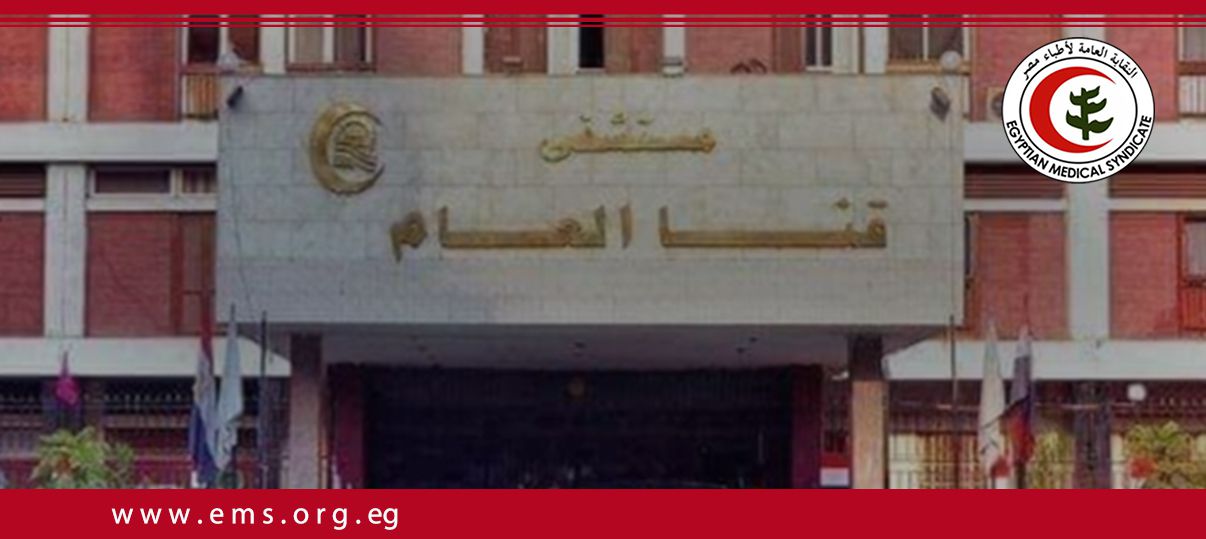العلاقات الخارجية تنشر تفاصيل ندوة البحث العلمي والتجارب الطبية
2016-02-02 00:00:00

تنشر لجنة العلاقات الخارجية بالنقابة العامة للاطباء ندوة عن البحث العلمي والتجارب الطبية (المعيار الذهبي للبحث العلمي) في إطار حرصها علي التواصل مع الاطباء.
The path a drug travels from a lab to the medicine cabinet is usually long, extremely complex, vastly expensive, and wildly unpredictable and every drug takes a unique route. Often, a drug is developed to treat a specific disease. An important use of a drug may also be discovered by accident. Amultidisciplinary TEAM of qualified personnel is absolutely fundamental for the completeness and success of the entire process.
Most drugs that undergo preclinical (animal) testing never even make it to human testing and review by the FDA. The drugs that do must undergo the agency's rigorous evaluation process, which scrutinizes everything about the drug from the design of clinical trials to the severity of side effects to the conditions under which the drug is manufactured.
Stages of drug development and review
Pharmaceutical industry, research institutions, and other organizations that take responsibility for developing a drug (sponsor) submit an Investigational New Drug Application (IND) to the FDA.
They must show the FDA results of preclinical testing in laboratory animals and what they propose to do for human testing. At this stage, the FDA decides whether it is reasonably safe for the company to move forward with testing the drug in humans “CLINICAL TRIALS”.
Clinical Trials are studies that explore whether a medical strategy, treatment, or device is safe and effective for humans. They produce the best data available for health care decision making and are considered the “true” experimental study; the “Gold Standard” of clinical research.
Drug studies in humans can begin ONLY after an IND is reviewed by the FDA and a local institutional review board or ethical committee (IRB / IEC). The board is a panel of scientists and non-scientists in hospitals and research institutions that oversees clinical research. Clinical trials take so long; usually several years to establish safety and efficacy of a given compound for human use.
IRBs approve the clinical trial protocols, which describe the type of volunteers who may participate in the clinical trial, the schedule of tests and procedures, the medications and dosages to be studied, the length of the study, the study's objectives, and other details; to ensure that the experiment must be for the good of the society and that the results are not obtainable by other means.
IRBs make sure the study is acceptable, that participants have given consent and are fully informed of their risks, and that researchers take appropriate steps to protect patients from harm.
Phase 1 studies are usually conducted in healthy volunteers. The goal here is to determine what the drug's most frequent side effects are and, often, how the drug is metabolized and excreted. The number of subjects typically ranges from 20 to 80.
Phase 2 studies begin if Phase 1 studies don't reveal unacceptable toxicity. While the emphasis in Phase 1 is on safety, the emphasis in Phase 2 is on effectiveness. This phase aims to obtain preliminary data on whether the drug works in people who have a certain disease or condition. For controlled trials, patients receiving the drug are compared with similar patients receiving a different treatment; usually an inactive substance (placebo), or a different drug. Safety continues to be evaluated, and short-term side effects are studied. Typically, the number of subjects in Phase 2 studies ranges from a few dozen to about 300.At the end of Phase 2, the FDA and sponsors try to come to an agreement on how large-scale studies in Phase 3 should be done.
Phase 3 studies begin if evidence of effectiveness is shown in Phase 2. These studies gather more information about safety and effectiveness, studying different populations and different dosages and using the drug in combination with other drugs. The number of subjects usually ranges from several hundred to about 3,000 people.Phase 3 trials are the final step before seeking FDA approval for marketing of the product.
Post-marketingstudies / surveillance (also called Pharmacovigilance, phase 4 or real life of the drug) are required by the FDA, and are conducted after initial marketingto examine the risks and benefits of the new drug in a different population or to conduct special monitoring in a high-risk population. Alternatively, a phase 4 study might be initiated by the sponsor to assess such issues as the longer term effects of drug exposure, to optimize the dose for marketing, to evaluate the effects in pediatric patients, or to examine the effectiveness of the drug for additional indications. Post-marketing surveillance is important, because even the most well-designed phase 3 studies might not uncover every problem that could become apparent once a product is widely used. Furthermore, the new product might be more widely used by groups that might not have been well studied in the clinical trials, such as elderly patients. A crucial element in this process is that physicians report any untoward complications. As such, they are ongoing during the drug's lifetime of active medical use.
Throughout the entire process of clinical research WHO principals of good clinical practice (GCP) has to be followed to ensure credibility and accuracy of the data and reported results as well as protection of the rights, integrity and confidentiality of the subjects participating in the trial.
The basics on how to comply with GCP
1. Write a good protocol -Weigh risks versus benefits
2. Obtain IRB/IEC approvals
3. Protect the subjects –
a. Obtain Informed Consent,
b. Ensure safety, rights & confidentiality
4. Use qualified study team
5. Handle investigational products appropriately
6. Implement quality systems
7. Record and analyze information appropriately
8. Follow the protocol and trial standard operating procedures (SOP’s)









